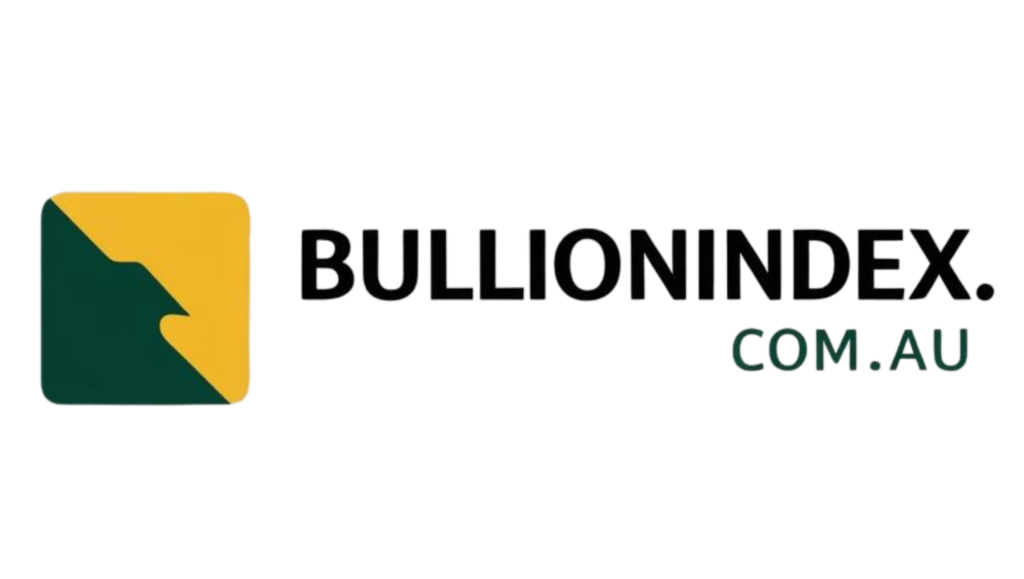In the midst of a tumultuous economic climate, the price of gold experienced a significant decline, setting a new record low in US Dollars. This drop was attributed to the global stock market crash, which also affected crude oil, copper, silver, and other precious metals following China’s imposition of heavy import duties on US products in response to President Trump’s tariffs.

Amidst this financial turmoil, President Trump remained resolute, expressing optimism about the market outlook despite the stark decline in US tech stocks, which suffered their most substantial one-day plunge since the Covid Crisis of 2020. The Nasdaq opened lower, reaching 11-month lows, dragging down equities worldwide on the MSCI World Index.
These events marked the most significant market downturn since the Covid Crisis in March 2020, with the US economy already showing signs of a 0.8% annualized drop as a result of the escalating trade tensions. Gold, however, was exempt from the recent trade tariffs, shedding light on the impact of dislocations between New York and London on gold prices.

The divergence between London spot gold prices and New York’s Comex June futures contract narrowed, indicating a shift in market dynamics. Silver also experienced a significant price adjustment, reaching historic lows against gold, with silver prices dropping to levels reminiscent of the Great Depression era.

Furthermore, copper, a vital industrial commodity, plummeted by 10.2% in response to the ongoing market instability. Crude oil prices also suffered a substantial decline, reflecting the broader impact of the trade disputes between the US and China on global economic stability.

Industry experts noted the potential risks faced by silver and other white metals as dislocations in the market are unwound, emphasizing the need for caution in the current volatile environment. Despite the challenges, gold prices remained relatively stable compared to other commodities, underscoring its role as a traditional safe-haven asset during times of economic uncertainty.
As the market continues to navigate the repercussions of the trade tensions and tariff impositions, investors are closely monitoring the price movements of precious metals and other commodities to assess the broader economic implications. The evolving landscape underscores the interconnectedness of global markets and the importance of diversification in investment strategies to mitigate risks in times of financial instability.


Leave a Reply
You must be logged in to post a comment.